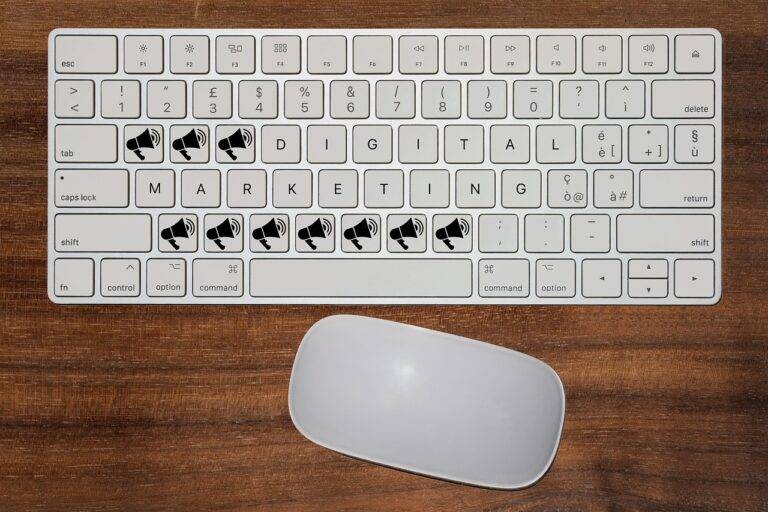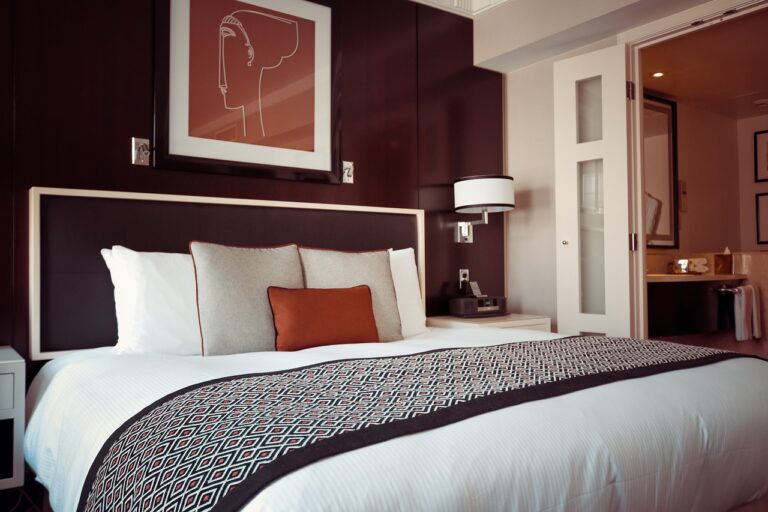Harnessing Biomimicry for Sustainable Design Solutions
allpaanel mahadev book, mahadev book login id and password, online cricket id: Harnessing Biomimicry for Sustainable Design Solutions
In today’s world, the need for sustainable design solutions has become more critical than ever. As we face environmental challenges such as climate change, resource depletion, and biodiversity loss, it has become imperative for designers to explore innovative ways to create products, buildings, and systems that are not only functional but also kind to the planet.
One approach that has gained traction in recent years is biomimicry. Biomimicry, also known as biomimetics, is the practice of looking to nature for inspiration in design. By observing and emulating the strategies and systems found in the natural world, designers can create products and solutions that are not only sustainable but also highly efficient.
In this article, we will explore the concept of biomimicry and how it can be harnessed for sustainable design solutions. We will look at some examples of biomimetic designs and discuss the potential benefits of incorporating biomimicry into the design process. So let’s delve into the fascinating world of biomimicry and discover how it can revolutionize the way we design.
Understanding Biomimicry
Biomimicry is based on the idea that nature has already solved many of the design challenges that we face as humans. Through millions of years of evolution, organisms have developed highly efficient and sustainable strategies for survival. By studying these strategies, designers can gain valuable insights that can be applied to their own creations.
One of the key principles of biomimicry is sustainability. Nature operates in a closed-loop system, where waste from one organism becomes food for another. By mimicking these cyclical processes, designers can create products and systems that minimize waste and maximize efficiency.
Another important aspect of biomimicry is resilience. Organisms in nature have evolved to adapt to changing conditions and survive in harsh environments. By understanding how nature achieves resilience, designers can create products that are more durable and long-lasting.
Examples of Biomimetic Designs
There are many examples of biomimetic designs that have been inspired by nature. One well-known example is the Velcro fastener, which was invented by Swiss engineer George de Mestral in the 1940s. De Mestral was inspired by the way burrs stuck to his dog’s fur and used this observation to create a new type of fastening system.
Another example is the Eastgate Centre in Harare, Zimbabwe, which was designed by architect Mick Pearce. The building is modeled after termite mounds, which are known for their efficient ventilation systems. By mimicking the design of termite mounds, Pearce was able to create a building that uses 90% less energy than traditional air-conditioned buildings.
Benefits of Biomimicry in Design
There are many benefits to incorporating biomimicry into the design process. One of the primary benefits is sustainability. By drawing inspiration from nature, designers can create products and systems that are inherently sustainable, using fewer resources and producing less waste.
In addition, biomimicry can lead to innovations in design. By looking to nature for inspiration, designers can come up with creative solutions to complex problems. This can result in products that are more efficient, more durable, and more user-friendly.
Furthermore, biomimicry can help foster a deeper connection to the natural world. By studying and emulating the designs of plants and animals, designers can gain a greater appreciation for the beauty and complexity of the natural world. This can lead to a shift in mindset towards more sustainable and harmonious design practices.
FAQs
1. What is biomimicry?
Biomimicry is the practice of looking to nature for inspiration in design. By studying the strategies and systems found in the natural world, designers can create products and solutions that are sustainable and efficient.
2. What are some examples of biomimetic designs?
Examples of biomimetic designs include Velcro fasteners, inspired by burrs that stick to animal fur, and the Eastgate Centre in Zimbabwe, modeled after termite mounds for efficient ventilation.
3. What are the benefits of biomimicry in design?
Benefits of biomimicry include sustainability, innovation, and a deeper connection to the natural world. By drawing inspiration from nature, designers can create products that are more efficient and durable while minimizing environmental impact.
In conclusion, biomimicry offers a promising approach to sustainable design solutions. By looking to nature for inspiration and emulating the strategies found in the natural world, designers can create products and systems that are not only functional but also kind to the planet. As we continue to face environmental challenges, biomimicry offers a way to rethink our design practices and create a more sustainable future. Let’s embrace the power of biomimicry and unlock its potential for creating a better world.







